Your bedroom is where you go to unwind. At the end of the day, it’s a sanctuary to relax and shake off everything from the day. And while your mindset going into this is crucial – bedtime meditation is always a good idea – it’s also influenced in a large part by the design of the space around you. Being intentional about creating design to help you sleep better is a worthy investment.
There is a multitude of reasons for putting some effort into getting a good night’s sleep. Feeling well-rested and alert the next day is an obvious one. But there are other, more high stakes benefits as well. Improved memory and immune system, better weight management, and lower stress, to name a few. So why would you not do all you can to create a bedroom with intentional design to help you sleep better?
At the end of the day, it all comes down to a full sensory experience. In order for your body to full let go of the actions of the day, every sensory experience should encourage that. So let’s get into how you can intentionally soothe each of your five senses in your bedroom.
Use sight to help you sleep better
The sense of sight is an obvious one to consider when pondering design to help you sleep better. Especially if you’re interior design-inclined. Which I’m going to assume you are since you’re here on this blog. And you have the opportunity to make design choices here that are not just aesthetic, but also functional.
A zone to help you disconnect: remove clutter
Our eyes have such a direct connection to what’s going on in our brains. And while a little good clutter has some undeniable benefits in some places – i.e. sparking creativity in your office or workspace – it’s not the best aid for unwinding.
Now I’m not saying to have your room just be a blank box with a bed and bed only. But be intentional about the items you bring in there. More specifically, be intentional about what you don’t bring in there.


You know what stresses you out, gets the gears running in your head, makes you wanna jump out of bed, etc. more than anyone else. So my advice is to recognize those triggers and remove them from your room. Here are some common ones to get your brain thinking about what to keep out of your bedroom:
- Overly busy artwork that gives you a strong reaction – put these in rooms that you want to be more active in. And fill your room with soothing art and textile that helps you relax and feel at ease.
- TVs – I know this is a tricky one. And if watching tv at the end of every night is what helps you unwind, feel free to disregard. But it’s commonly accepted that TVs negatively impact your sleep and cause you to stay up later than you would like to.
- Your desk – If it’s at all possible and you have the space elsewhere in your home, avoid having your desk in your room. This is like a subconscious notification going off in your brain at every second, reminding you of the impending work or projects you have to complete.
- Unnecessary clutter – As someone who has always had random forks floating around my room, basically for my whole life, I know how hard this is to maintain. But I promise it’s worth it. When you have a plate you ate off of earlier, old water bottles, jackets on the floor, etc. your brain is gonna latch onto that. So create concealed drop zones where you need to, and maybe establish consistent cleaning routines.
Adjustable and ambient lighting


Lighting is the unsung hero of design. You may not consider it all the time, but if you walk into a room with bright, cool lighting immediately after leaving a room with soft, warm lighting, you’ll feel it. If you’re looking to create a soothing bedroom oasis to help you relax, you definitely want to gravitate towards the warm, yellow lighting.
Consider your light sources, too. Sure, when you’re sleeping, the lights will be off. (Unless you sleep with a night light, no judgement). But in the moment before you turn out the lights, whether it’s to read a book, to get dressed or to have a pre-bedtime chat with your partner, the lighting can be so crucial to preparing you for a better night’s rest.
My rule of thumb is that multiple light sources are always better than one. So instead of having your big, overhead light on, opt for several, smaller light sources. Things like candles, bedside sconces or table lamps, floor lamps, or LED lights are much more soothing.
If you are in a position to alter light switches, consider adding a dimmer switch. This can allow you to adjust the lighting to suit your needs at the time. A little brighter when you’re just getting to your room, and just barely on when you’re really winding down.
Another bonus lighting tip: if you need absolute darkness when you sleep, do yourself a favor and invest in some blanket curtains and/or a sleeping eye mask.
Use touch to help you sleep better
Once you close your eyes, the tactile elements around you are likely the first thing you notice. Scratchy, hard and rough surfaces around you are going to prevent you from getting a good night’s rest.
And a good place to start is likely the biggest thing in your room: your bed.
the perfect mattress
Investing in a great mattress is honestly crucial. Although it’s not the most glamorous thing to splurge on – it ends up covered up anyway – your quality of sleep will benefit if you do. And you don’t even have to break the bank. There are tons of mattress-in-a-box options out there that are extremely affordable. Just figure out what fits your sleeping style. If you like a mattress that’s somewhat firmer, maybe go for a spring mattress or splurge on a firm Purple mattress. If you like things a little softer and more fluid, then a memory foam mattress may suit you best.
Need some help deciding which firmness fits your sleeping style? Sleepopolis put together this super helpful mattress firmness guide. But in a gist, here’s what it says:


the perfect sheets + blankets
I mentioned in my recent post-moving post about home splurges I don’t regret how much I love my Casaluna duvet. And as a lifelong cheap-o when it comes to sheets and bedspreads, it’s forever changed my priorities. I’m telling you, when you pair the right mattress with the right textiles on your bed, you’ll feel like you’re sleeping in a hotel every night.
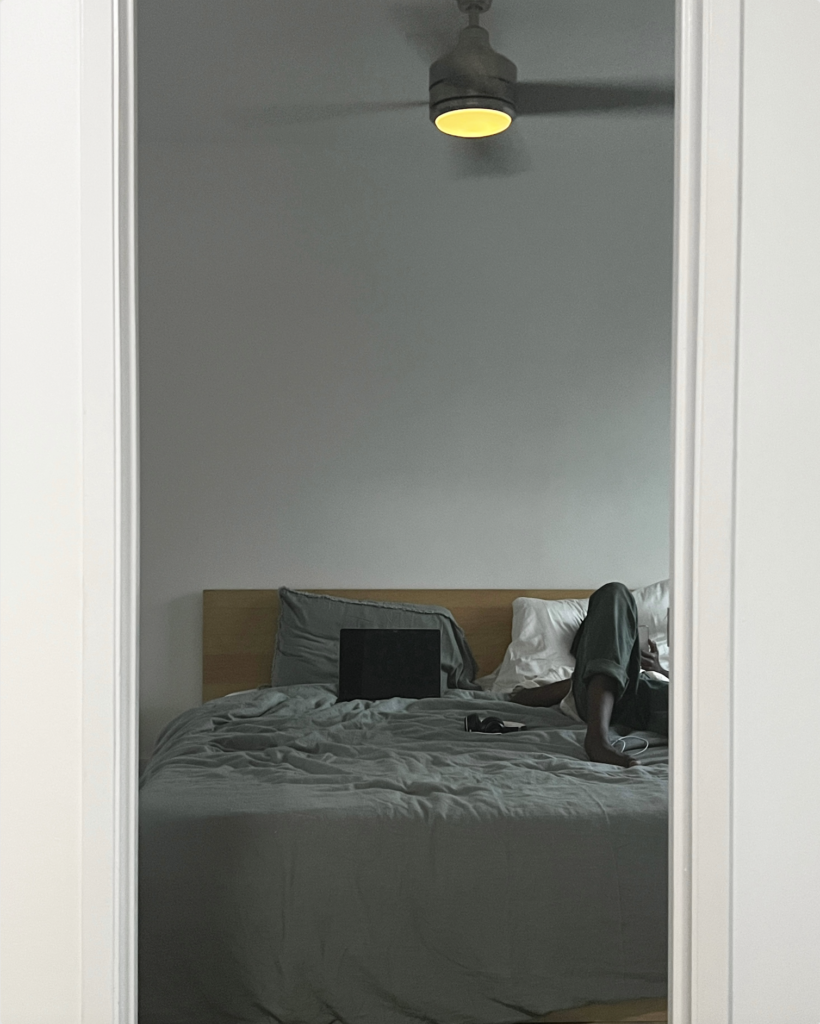

You’ve probably heard of thread count before. But if you’re like me, you maybe didn’t know wtf that actually meant. Basically, it’s the number of threads – both vertically and horizontally – per square inch. So it stands to reason that the higher the count, the more high quality and durable the sheets will be. A “good” thread count is anywhere from 200-800, but it can go higher if you really wanna splurge.
But my biggest recommendation is to try to actually feel your sheets, comforter and blanket before you buy. They don’t have those windows there on the packaging for no reason. See how it would actually feel on your skin, lying there every night. I’m personally a big fan of anything linen – the fresh feeling is the perfect balance between keeping me warm and cozy, and preventing me from waking up in a pile of my sweat. So you’re a hot sleeper, pick a more lightweight fabric like linen or bamboo. If you get cold, go for something like jersey or flannel.
And feel free to switch out your sheets and blankets to fit the season.
My last tip for an amazing tactile experience is to go oversized with your blankets. This gives you room to freely move around, curl up a little and stretch your feet without feeling constricted by undersized blankets.
Use sound to help you sleep better
If you absolutely can’t stand to hear anything when you sleep, you may want to swap your curtains or blinds for some soundproof curtains to muffle any outside noises.
But if you’re someone who absolutely cannot fall asleep to dead silence, putting some ambient sounds in your room will be a big part of creating design to help you sleep better. Noises like rain sounds or white/pink noise are proven to help you fall asleep fast, stay asleep longer, and even reduce anxiety.
And you may even be able to create this sensory ambiance with something you already have in your possession. Most budget-friendly: play some rain sounds on your phone speaker. Medium budget-friendly: ask Alexa or your Google Home device to play some sleep sounds. If you’re looking to splurge: get an actual sound machine like the Hatch Restore.
You can even start these sounds as you’re getting out of the shower, reading, or starting to unwind. Adding these relaxing sounds to the ambiance of the room works wonders in creating the total sensory experience to help you sleep better.
Use smells to help you sleep better
Aromatherapy is not a new concept by any means. But it’s been gaining more widespread acceptance in the last decade or so. And while its connection to combating insomnia isn’t proven, many people have seen extreme improvements in their sleep with aromatherapy tactics.
The sense of smell is often neglected when considering elements of design. But it’s an extremely important part of design to help you sleep better, specifically. So let’s talk a little about how to make sure you’re taking full advantage of it.
First, let’s talk about devices
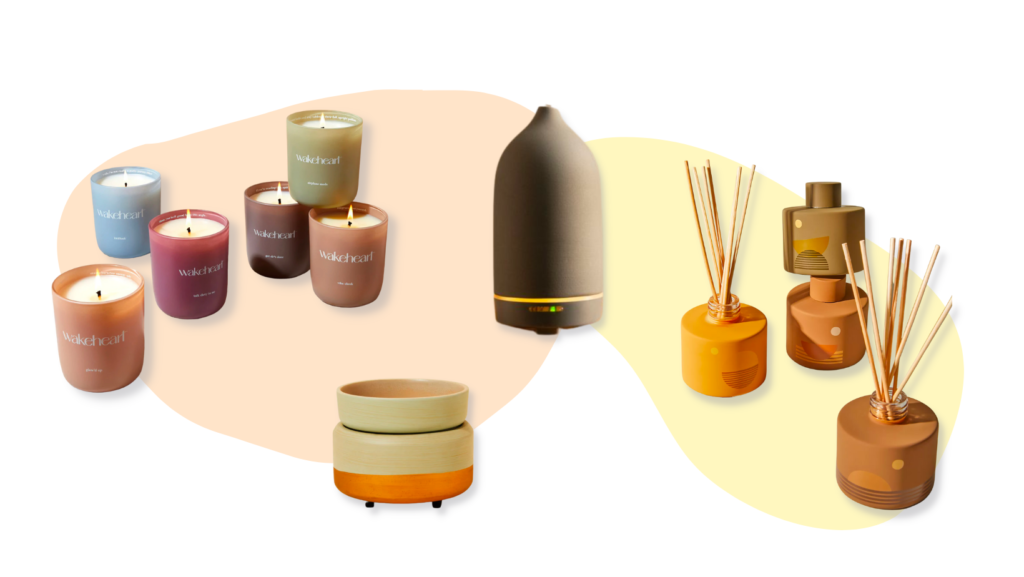

Candles are a really obvious choice for creating the right scent experience in your bedroom. I love to light a good candle when I’m winding down for the night to make my room feel extra cozy and relaxing. Similarly, a wax melter is a great flamess alternative. However, it kinda throws off the vibe if you’re comfy in bed and have to get up to blow a candle out or flip the switch on the warmer.
So another great option is an essential oil diffuser. There are electric ones that you can turn on and it’s constantly giving off a subtle scent that is weak enough for it to be on all night, and many even have sleep timers to shut off. You could also get non-electric diffusers that distribute the scent through wooden rods.
Another way to make your scent experience help you sleep better is to amplify the scent of your pillows, blankets, and sheets. Simply changing out your laundry detergent, adding yummy smelling fabric softener, spraying some fabric refresher, or using pillow spray specifically created for aromatherapy sleep benefits can make a huge difference.
What scents to use and avoid
You have tons of options for making the scents in your bedroom help you sleep better. But you may not know what actual scents can help or harm your sleep quality.
Avoid these scents because they’ll energize you:
- Sage
- Citrus
- Peppermint
- Anything that is generally strong and more synthetic-smelling – so maybe light your sweet, winter candy apple candle in your living room or office, not bedroom.
Use these scents because they are soothing:
- Lavender
- Rose
- Eucalyptus
- Rain
Using taste to help you sleep better
Okay, so taste isn’t really that big of a part of design in your bedroom. So I’ll just leave you with my personal tip for falling asleep and waking up better: always keep a filled water bottle by your bed. Being able to get some hydration in before you go to bed, if you happen to wake up in the middle of the night and when you wake up in the morning will help your body transition between sleeping and waking so much better.
Not quite a design tip, but a helpful one nonetheless.
About me
Hey my name’s Hannah Michelle Lambert, the voice behind homey homies. I’m an LA-based designer, writer, and content strategist. I’m passionate about the intersection of productivity and creativity. I love talking about creative habits, technology, processes, and everything in between that helps me blend the Type A and Type B parts of my brain.
Note: This post may contain affiliate links, so I may make a small commission if you make a purchase. But this does not increase the cost to you at all – it comes out of the seller’s pockets.


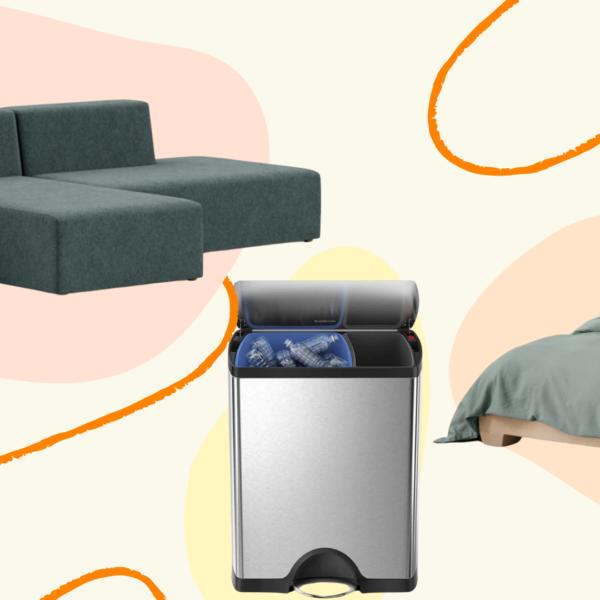
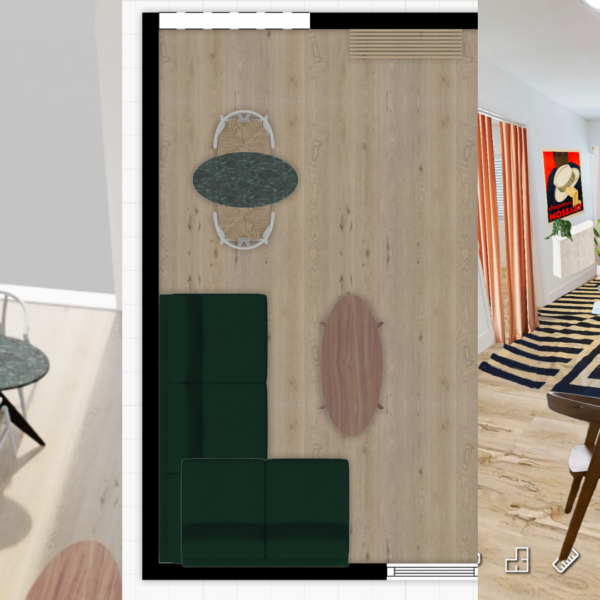
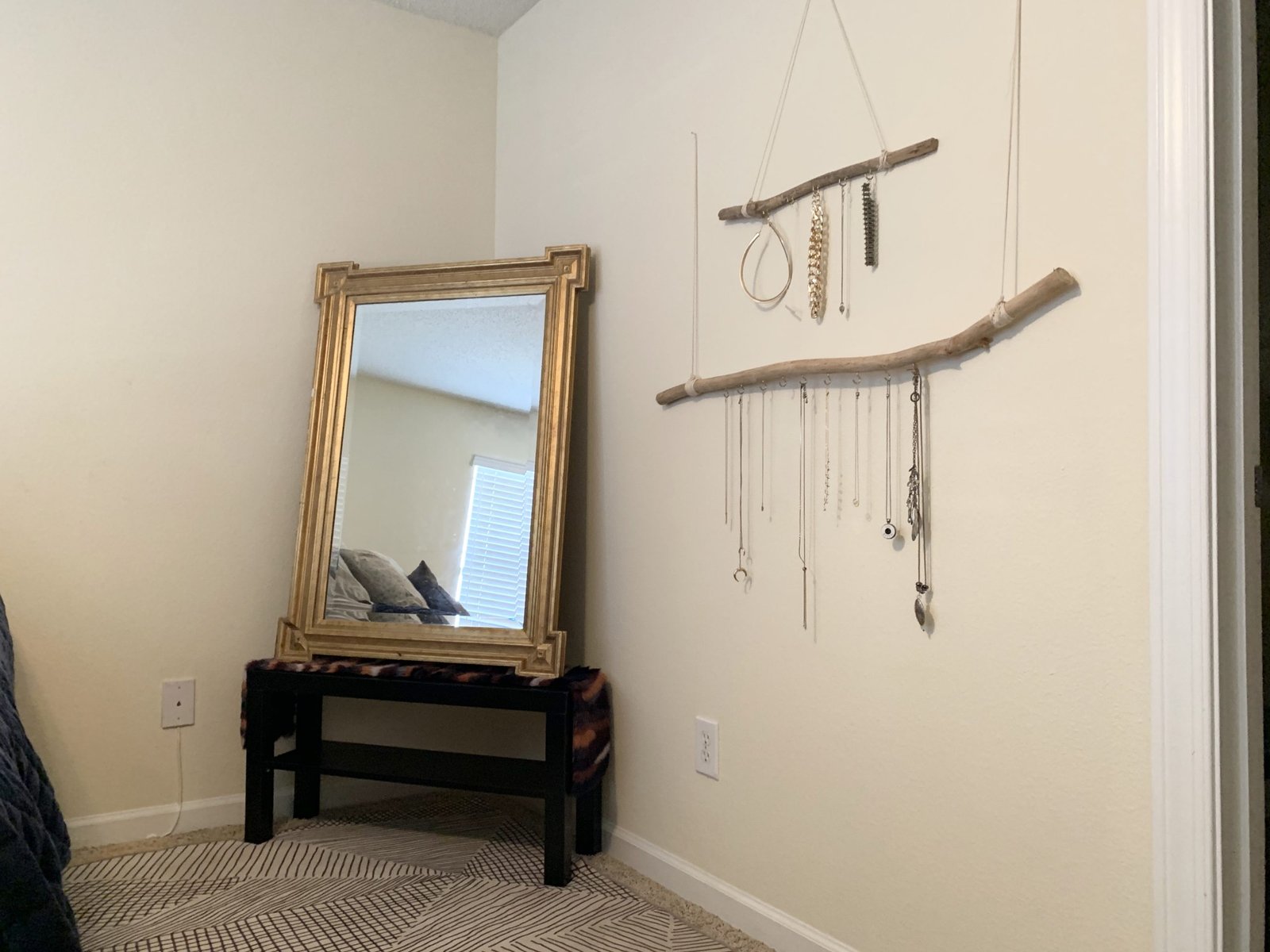
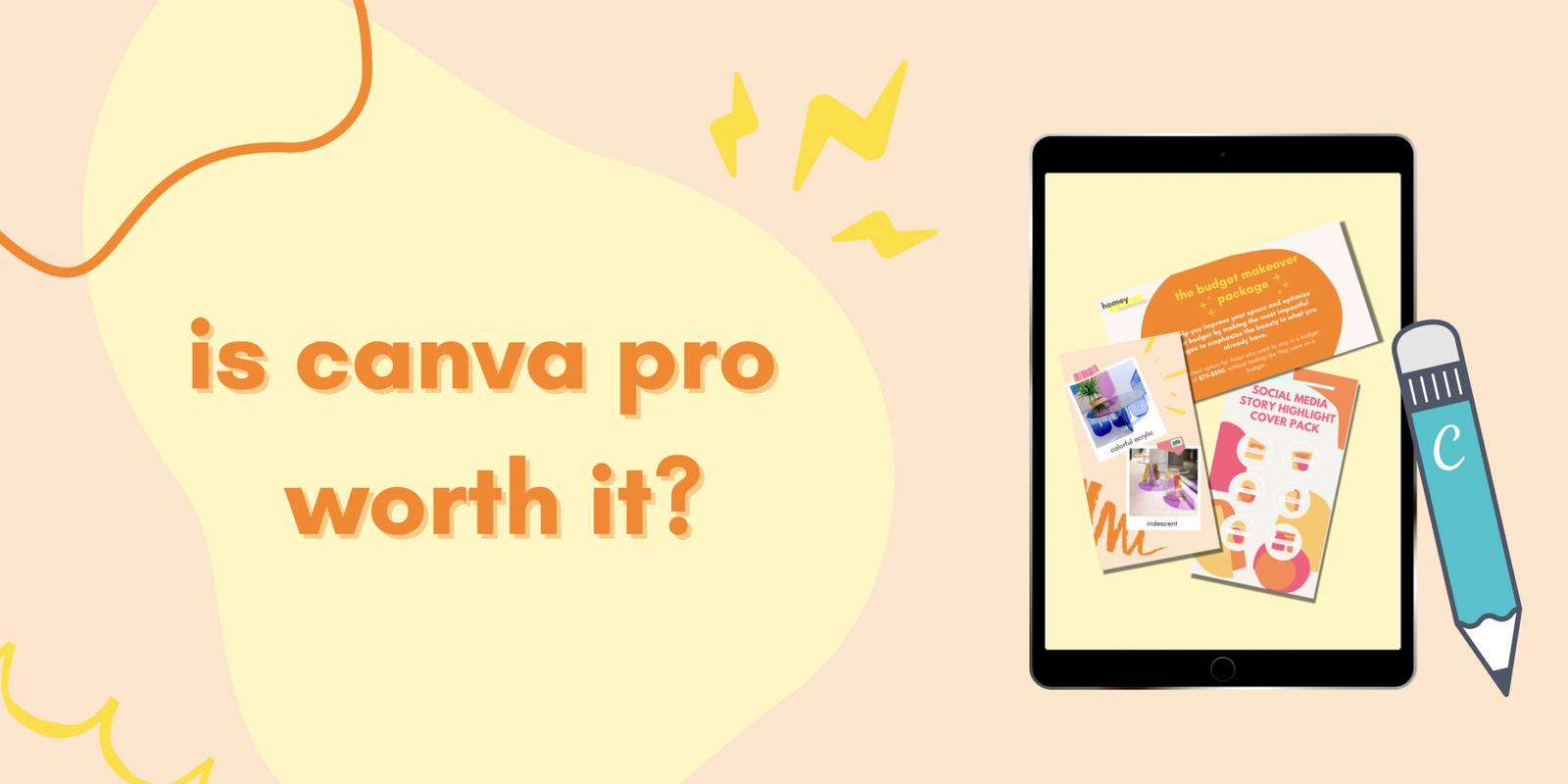

Leave a Comment